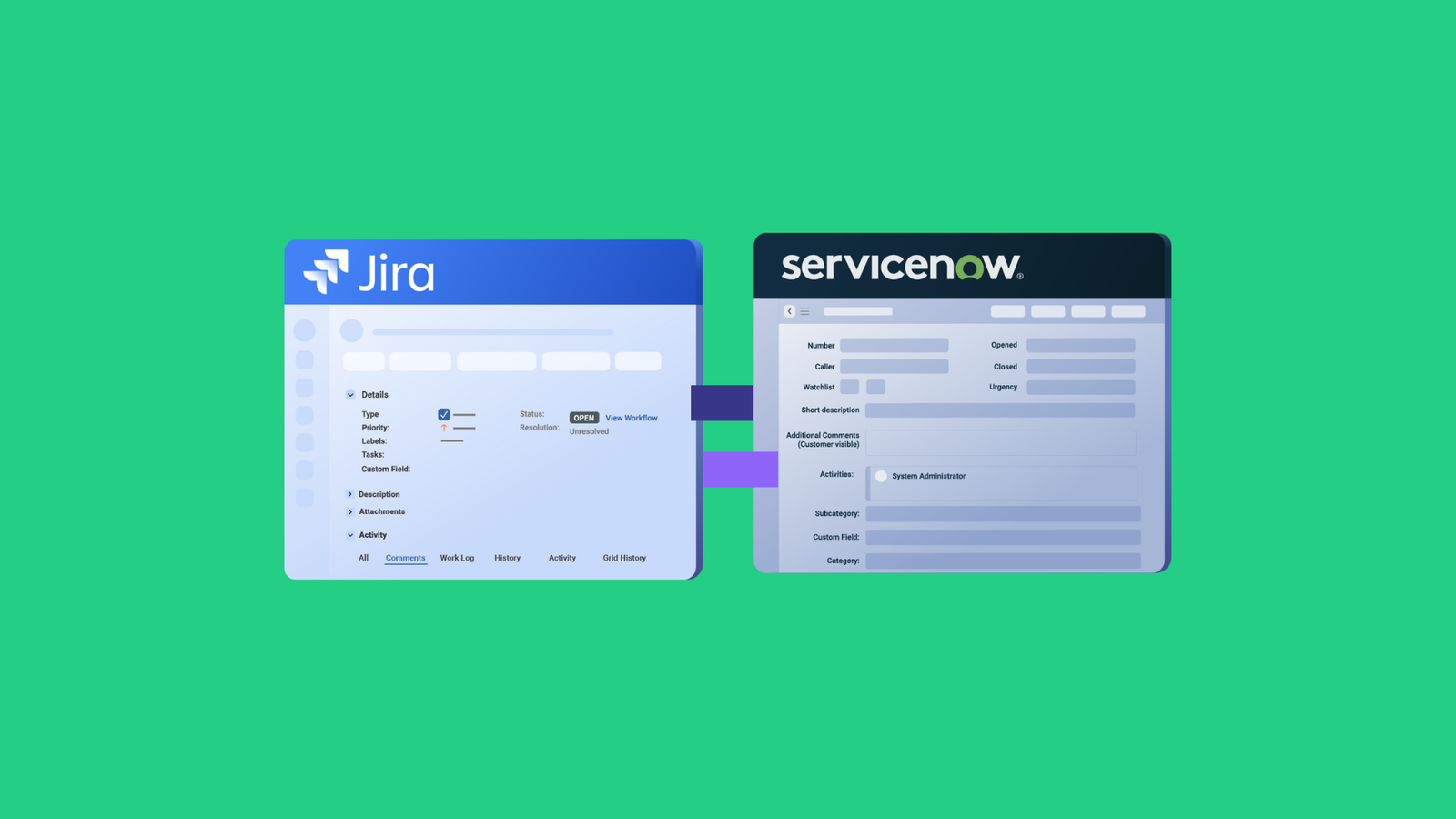Picture this scenario: The project managers at Codify Solutions are tired of going to the organization’s GitHub repo anytime they want to see if new changes have been made. They want to be able to get instant notifications once a team member pushes new commits.
So, they start exploring GitHub integrations to eliminate the redundancy of shuffling from Slack to GitHub just to get updates. At the same time, they want all events and updates to the agency’s GitHub org to appear on a work management system, say Jira or Asana.
In this blog post, we’ll discuss GitHub integrations that could help project managers at Codify Solutions unify and automate their development workflow.
But before that, let’s discuss GitHub integration and how it works.
What is GitHub Integration?
GitHub integration is the process of connecting GitHub with one or more work management systems, CRMs, repositories, ERPs, cloud services, and other platforms.
App-native connectors and third-party solutions make it possible to integrate apps and services, whether on your personal, organizational, or enterprise GitHub account.
To get access to applications for GitHub integration, you can visit the GitHub Marketplace.
How do GitHub Integrations work?
GitHub integrations can either be app-native or third-party solutions. App-native solutions work for specific applications and services, while third-party solutions could be multi-purpose connectors for different platforms.
Unlike Salesforce integrations, every GitHub integration solution relies on GitHub APIs (REST APIs and GraphQL APIs) and webhooks to fetch and send data between two platforms. Once an event is triggered, the webhook will receive an HTTP POST payload.
For example, a payload is sent to the webhook’s configured URL every time an issue is opened or closed in your repository. Developers can now build an action that should be triggered whenever the endpoint receives this payload.
But how does this translate to integrations? That’s where GitHub Apps and OAuth Apps come in.
GitHub Apps
A GitHub App uses a webhook or API to interact with your repository and automate processes. It allows you to comment on pull requests and open issues.

GitHub Apps also have the freedom to act outside the GitHub ecosystem by interacting with other apps and services.
With GitHub Apps, you can:
- Automate tasks,
- Sign in with your GitHub account,
- Integrate with external services,
GitHub Apps come with limited permissions, which makes them secure by restricting the level of access users have. Admins can also assign roles in an organization to tighten security.
OAuth Apps
An Open Authorization (OAuth) App is a method of GitHub integration that makes it possible to sign in to third-party applications with your GitHub Credentials. It uses the OAuth protocol to authenticate users, applications, and services.
Differences and similarities between GitHub Apps and OAuth Apps
GitHub apps and OAuth apps have a similar working principle and are both hosted by GitHub.
For instance, they both use OAuth tokens to give users access. This makes it possible for the apps to act without user input—a perfect feature for automation. Essentially, anyone who has the token can use the app.
But that’s as far as the similarities go.
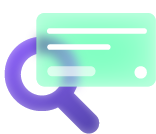
OAuth apps must configure webhooks independently for every repository, while GitHub apps come with built-in, centralized webhooks.
GitHub apps can act independently of the user, while OAuth apps can’t. Only organization owners can install GitHub apps in a repository; users can’t be granted this access. For OAuth apps, the owner can grant installation access to authenticated users upon request.
Also, all webhooks automatically become inactive when you uninstall the GitHub app. Conversely, you have to manually disable the webhooks when you delete the OAuth app’s access token.
Speaking of access tokens, your installation token for GitHub apps has a one-hour lifespan, while OAuth tokens remain active until you revoke access.
Apart from that, access tokens for GitHub apps have an hourly rate limit of 5000 (for personal accounts) and 15000 (for Enterprise Cloud). OAuth apps have a flat rate limit of 5000 requests per hour.
Overall, GitHub apps provide a superior integration option for GitHub because they have tighter security thanks to short-lived tokens and granular permissions. They can also act as the user or independently of them. And most importantly, they offer a higher rate limit, which makes them highly scalable.
The only case for OAuth Apps over GitHub Apps is when you need your app to access enterprise resources. Users will still be unable to give enterprise permissions to GitHub Apps.
Benefits of GitHub Integrations
Companies like Codify Solutions can benefit from integrating their GitHub repository with the rest of their applications and services.

Here are the reasons why:
- Workflow automation: GitHub provides several features that can speed up your development and QA processes. You can set triggers to merge and deploy code without relying on users to manage these flows manually. Tools like GitHub Copilot help you code faster while following coherent business logic.
- Smooth project management: Project managers can integrate project management systems like Jira with GitHub. This will give them a central view of project contributions, progress, updates, and blockers—all from one place.
- Better analytics: You can also take advantage of analytics tools on GitHub (or external services) to track metrics like performance, uptime, and repository activity. This data will also help managers improve team productivity.
- Improved communication and collaboration: Instead of pinging project and engineering managers every time you add a new feature, you can integrate GitHub with Slack and other messaging apps to send notifications for every event that occurs in the organization’s repository.
- Code security: Syncing your external codebase with GitHub offers you an extra layer of protection in the form of OAuth tokens. You can also install apps to help you report, back up, and fix vulnerabilities.
These benefits should also be deciding factors when choosing an integration solution for GitHub. I’ll share some of my favorites with you.
9 GitHub Integration Solutions
Here are some integrations that are available in the GitHub Marketplace or as standalone third-party software solutions:
Jira Software + GitHub
As the name suggests, Jira Software + GitHub syncs your GitHub repositories and organizations with your Jira projects. This Atlassian-backed product integrates seamlessly with GitHub in order to obtain updates about pull requests, deployments, and commits.
Jira Software + GitHub also provides Smart Commits (special one-line commands) to make it possible for users to time-track and comment on issues. You can install this integration tool from the Jira Cloud Site or the Atlassian Marketplace.
Slack + GitHub
Just like the project managers at Codify, you can use this GitHub integration to stay up to date about events and actions taking place in your repository.
Think of Slack + GitHub as a bot that sends you a ping anytime someone does something in the repository. You’ll be able to follow all pull requests, commits, code snippets, code reviews, and deployment statuses from your Slack workspace. Sounds convenient, eh?
Slack + GitHub is free, but you’ll need to upgrade your Slack subscription to be able to install and activate it.
Microsoft Teams for GitHub
Owned and operated by GitHub, this integration solution allows you to connect your GitHub repository with Microsoft Teams. This ensures better visibility and smooth collaboration between internal and external teams.

First, you have to subscribe using the following command: @ github subscribe [owner/repo]. Then you can start receiving notifications about code reviews, releases, discussions, and pull requests.
This tool helps you keep the conversation going by making it possible to open/close issues and drop comments directly from Microsoft Teams. And the best part? You get this integration for free.
Monday.com + GitHub
This tool integrates your GitHub account with your Monday.com. To get the integration to work, you should first install Monday.com on your GitHub as the admin. You can choose to integrate all repositories or a select few.
After installation, you can start streamlining all redundant tasks, such as managing issues and commits. You can also customize automated actions that should occur when specific events are triggered in the GitHub repository.
Asana App for GitHub
With this integration tool, you can automatically sync GitHub pull requests, comments, and issues to your Asana boards. Asana App for GitHub also allows users to sync attachments and get notifications, thanks to GitHub Actions.

If you have Asana Premium, Business, or Enterprise, you can get this integration for free.
Exalate
Exalate is a two-way integration solution that allows you to synchronize data in multiple ITSM systems with GitHub. With Exalate, you can sync multiple repositories within and outside your organization.
The Exalate Free Plan gives you access to no-code pre-built configurations and up to 1000 new issue syncs every month (under the Basic Mode).
The Premium Plan gives you access to features like Script Mode, with which you can fully customize your incoming and outgoing syncs and unlimited monthly syncs.
Exalate’s Script mode is ideal for implementing deep integrations between GitHub and other systems. Using Groovy-based scripts you can easily implement even the most advanced integration scenarios. GitHub users are generally familiar with scripting, so this should be easy. For all non-technical users, the Script mode also comes with AI Assist. This AI feature generates scripts based on human prompts. You simply enter the requirements, review the AI-generated scripts, refine if required, and publish the changes. As with any AI, it’s important to note that mistakes can happen, so be vigilant.

But the crowning jewel for Exalate is that it is not native to only one work management system, unlike other products in the GitHub Marketplace. This tool allows you to sync data with other systems like Zendesk, ServiceNow, Salesforce, Jira, etc.
You can get Exalate for GitHub integrations from the GitHub Marketplace or the Exalate integrations page.
Zenhub
Zenhub is a work management platform that integrates natively with GitHub. Trusted by NASA and Adobe, this solution makes it possible to track issues, plan sprints, visualize tasks, and gather insights from GitHub.
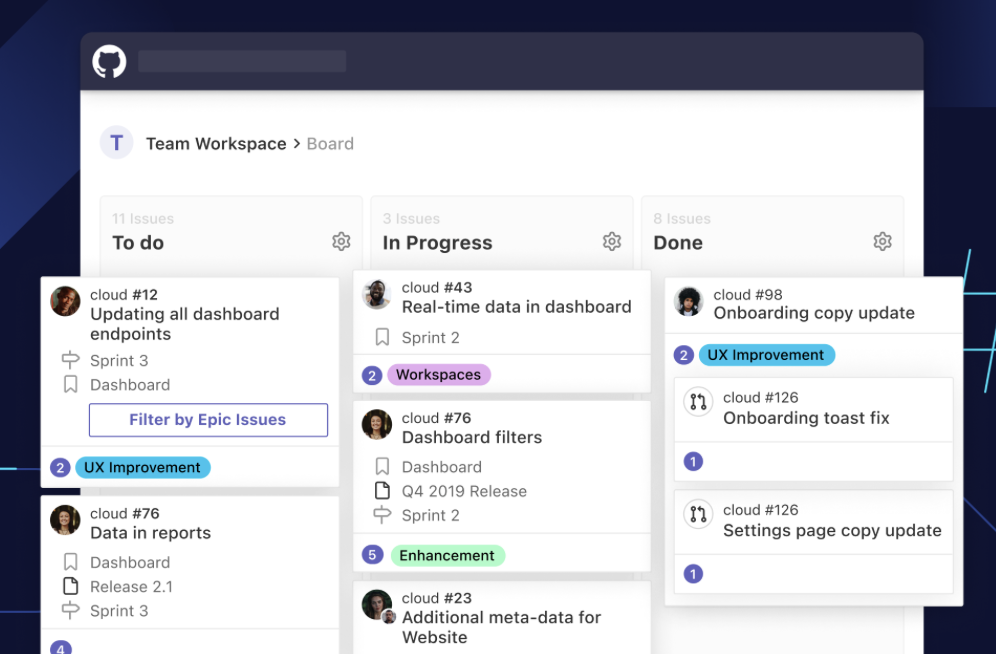
You can get the Zenhub extension directly from the company’s website or from the GitHub Marketplace. And since it relies on GitHub’s OAuth protocol, you are assured of security when syncing your data.
Companies get a 4-month free trial with the For Teams Plan before the first annual billing ($8.33 per user/per month). The For Enterprise Plan (on-premise and cloud) gives large organizations unlimited control, additional security, and premium support.
Zube
Zube is a project management solution that integrates seamlessly with GitHub. If you want to sync issues in real time and facilitate collaboration between devs and non-devs, you can add the Zubebot to bridge this gap.
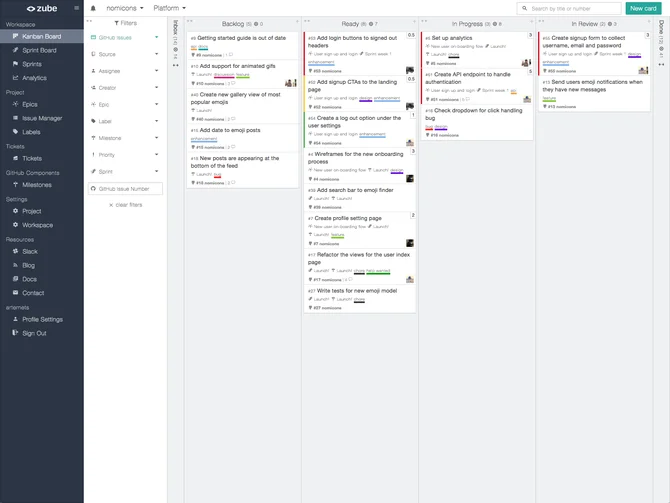
Here is the pricing plan for Zube:
- Free (up to 4 users)
- Micro (up to 10 users) – $100/month
- Startup (up to 25 users) – $250/month
- Small Business (up to 50 users) – $500/month
- Growing Business (up to 100 users) – $1000/month
- Large Business (up to 200 users) – $2000/month
Quantify
Quantify is a solution that collects events from online repositories like GitHub and Bitbucket to provide a comprehensive view for your managed teams. The Quantify bot lets you link pull requests with Jira issues and get better development cost analysis.
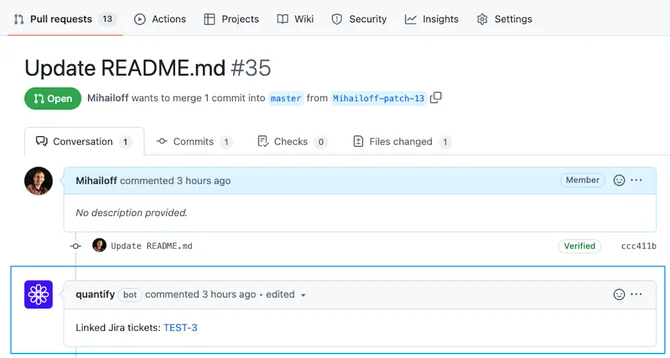
You can also install the Quantify for Jira add-on to your Jira Cloud to automate time tracking and improve workflow efficiency.
Quantify is free to install and use. Unfortunately, you can only install it on organization GitHub accounts.
Key Takeaways
- GitHub integrations allow you to sync your repositories and organizations with other services, applications, and systems.
- These integrations rely on webhooks to send and receive payloads through GitHub Apps and OAuth Apps.
- GitHub apps can work as the user and independent of the user, while OAuth apps can only work with the user’s permission.
- GitHub apps are more scalable, and they also use OAuth tokens to restrict access and grant admin permissions. This makes them the preferred choice for building GitHub integration tools.
- GitHub integration solutions can automate workflows and streamline processes. They can also improve the productivity of development teams and pipelines.
Frequently Asked Questions
How do I integrate with GitHub?
You can integrate with GitHub using the native GitHub REST API, GraphQL API, or webhooks. They act as the base of GitHub Apps and OAuth Apps, which facilitate the actual integration of GitHub repositories with external systems, apps, and similar services.
What are GitHub integrations?
GitHub integrations are software solutions that make it possible to connect and synchronize data between GitHub and other CRMs, messengers, ERPs, and cloud services. It could be an app-native integration like Zenhub or a standalone solution like Exalate. GitHub integrations are GitHub Apps or OAuth Apps that rely on the GitHub API (REST APIs and GraphQL APIs) to receive and share data with other system APIs.
What can I do with GitHub integrations?
With GitHub integrations, you can sync pull requests, comments, commits, branches, deployments, issues, and builds. You can also control DevOps performance by tracking key metrics such as cycle time, uptime, deployment speed, etc.
What is GitHub used for?
GitHub is a version control system that allows developers to collaborate freely. It helps you manage your code, track changes, build, and deploy from your GitHub repository. These features make GitHub an excellent open-source collaboration tool for documentation.
Why should I use GitHub integrations?
GitHub integrations make it easy to move code from your repository to another platform–GitHub AzureDevOps integration, for instance. You can also rely on them for monitoring changes within your codebase. They also enhance code security using OAuth tokens for user authentication. Teams collaborating on a single project can also use GitHub to improve communication and stay updated on project changes.
Is there a no-code tool for GitHub Integration?
Yes, you can use no-code tools to integrate GitHub with other systems, databases, and work management platforms. No-code integration solutions provide you with pre-built connectors, eliminating the need to write lines of code for one sync to start. Some no-code integration tools include Zapier, Exalate (Basic Mode), and SnapLogic.
Recommended Reads:
- How to Set up a Jira GitHub Integration: The Step-by-Step Guide
- How to Set up a GitHub Enterprise Jira Integration
- GitHub Salesforce Integration: How to Set up a Sync in 6 Steps
- How to Set up a ServiceNow GitHub Integration: The Comprehensive Guide
- How to Set up an Azure DevOps GitHub Integration
- How to Set up a Zendesk GitHub Integration



